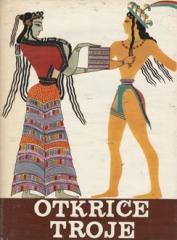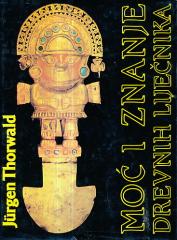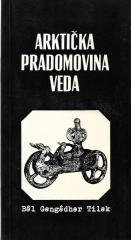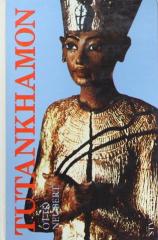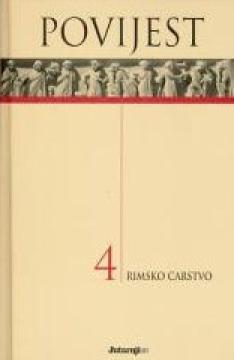
Povijest #4: Rimsko carstvo
Transition from Roman Republic to Empire: The Roman Republic weakens due to internal strife and civil wars. The First Triumvirate (Caesar, Pompey, Crassus) undermines the power of the Senate. Caesar's dictatorship and assassination (44 BC) lead to the rise of Octavian, who in 27 BC becomes Augustus, the first Roman emperor, establishing a principate.
Development and height of the Empire: Augustus reorganizes Rome, introducing standardized money, taxes, bureaucracy, a professional army, police, and firefighters. He supports the arts (Virgil, Horace) and uses plays for propaganda. The empire reaches its peak under Trajan (117), conquering Armenia and Mesopotamia. Rome rules over Hellenistic lands and Celtic regions, spreading Roman culture, law, and architecture. Hellenistic influence is seen in art, while Roman infrastructure (roads, aqueducts) supports expansion.
Society, culture and religion: Roman society was stratified, with patricians, plebeians and slaves. Christianity spread, despite early persecution, becoming a key factor in the later Empire. Cultural achievements include Roman law and architecture (Colosseum, Pantheon).
The Fall of the Empire: After Trajan, the Empire faced crises: economic problems, internal conflicts and barbarian incursions. In 395, Theodosius divided the Empire into Western and Eastern, weakening the West, which collapsed in 476 with the overthrow of Romulus Augustulus. The Eastern Empire (Byzantine) continued until 1453. Roman legacy shaped Western institutions.
One copy is available
